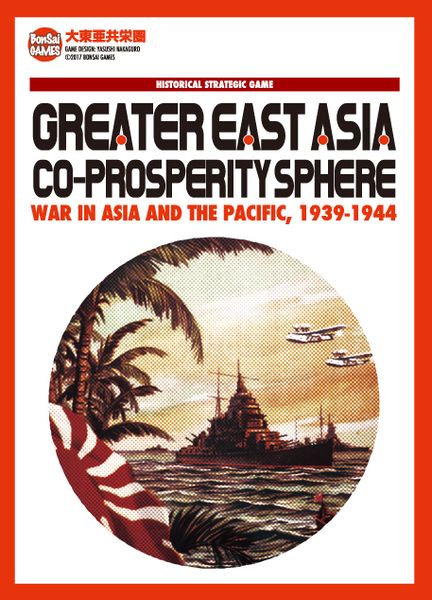Greater East Asia Co-Prosperity Sphere: War in Asia and the Pacific (2017) Board Game
Greater East Asia Co-Prosperity Sphere: War in Asia and the Pacific is a board game that focuses on the events of World War II in the Asia and Pacific region. The game is set during a crucial time in history when Japan sought to establish its dominance in the region through military conquest and the creation of a unified economic zone known as the Greater East Asia Co-Prosperity Sphere.
Game Components of Greater East Asia Co-Prosperity Sphere: War in Asia and the Pacific
How To Setup Greater East Asia Co-Prosperity Sphere: War in Asia and the Pacific
Setting up the game involves several steps. First, lay out the game board, which depicts the Asia-Pacific region. Each player selects their tokens and places them on the board according to the starting positions outlined in the rulebook. Resource cards and event cards are shuffled and distributed. Players then allocate their initial resources and prepare for the first turn. The rulebook provides a detailed guide to ensure all components are correctly placed and understood.
Gameplay Mechanics and Game Objective
Player Experience
Playing **Greater East Asia Co-Prosperity Sphere: War in Asia and the Pacific** is a complex and engaging experience. Players must balance resource management with strategic decision-making, all while navigating the challenges posed by event cards and the opposition’s actions. The game requires a mix of short-term tactical thinking and long-term strategic planning, making it appealing to fans of historical and strategic games.
Pros
Cons
Personal Thoughts on Greater East Asia Co-Prosperity Sphere: War in Asia and the Pacific
This game is ideal for history buffs and fans of strategic board games. It offers a rich and detailed simulation of the Pacific War, making it perfect for those who enjoy complex gameplay and historical accuracy. However, due to its complexity and lengthy gameplay, it may not be the best fit for casual gamers or those looking for a quick, light-hearted experience. If you’re eager to dive into the strategic and historical nuances of World War II in the Asia-Pacific region, this game is definitely worth considering.
We are supported by our audience. When you purchase through links on our site, we may earn an affiliate commission, at no extra cost for you. Learn more.

